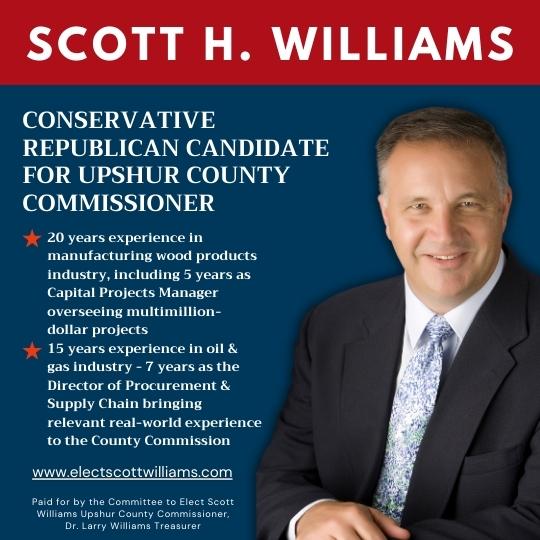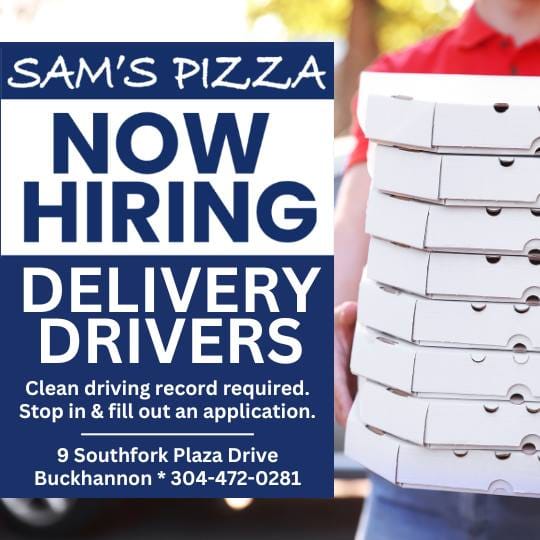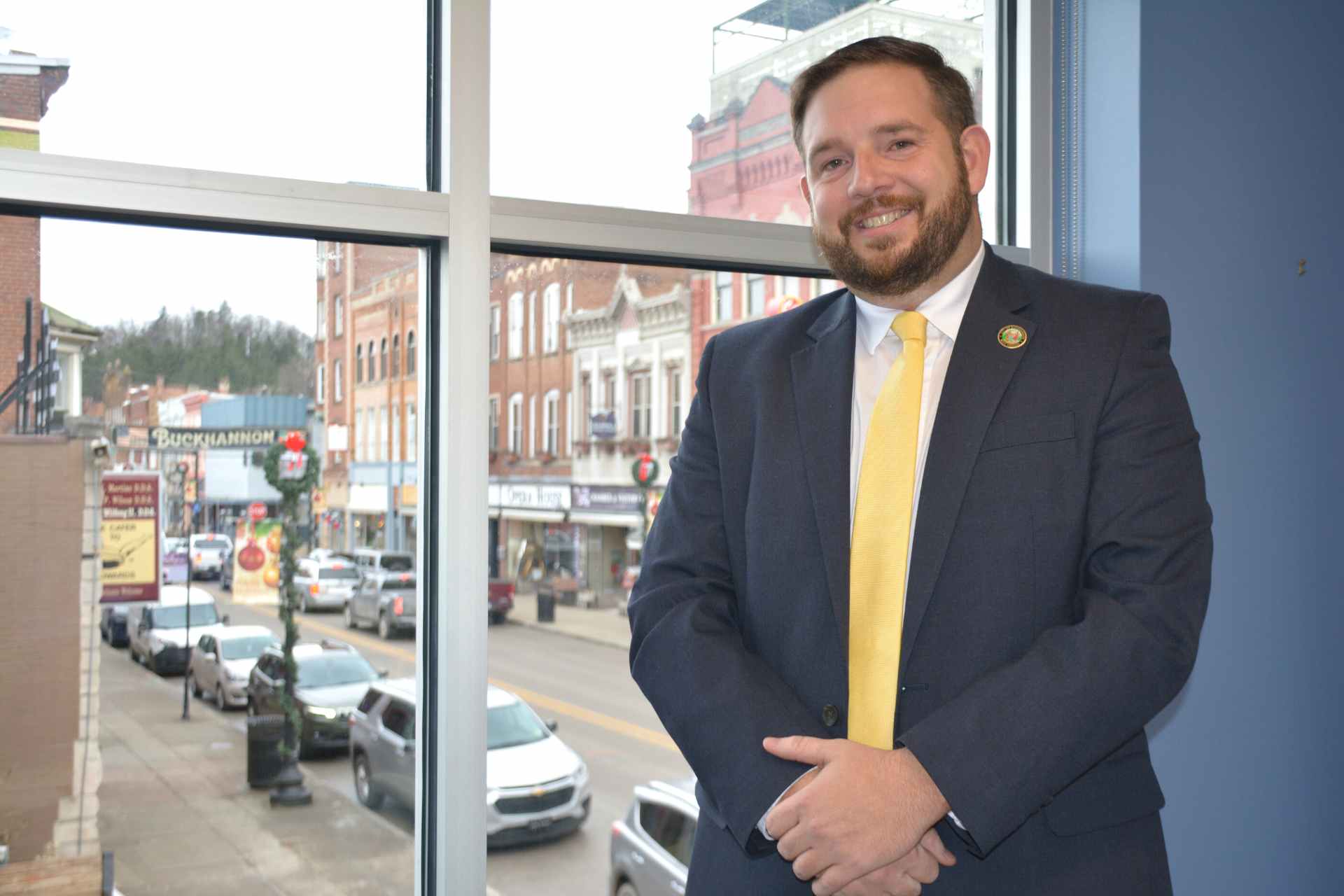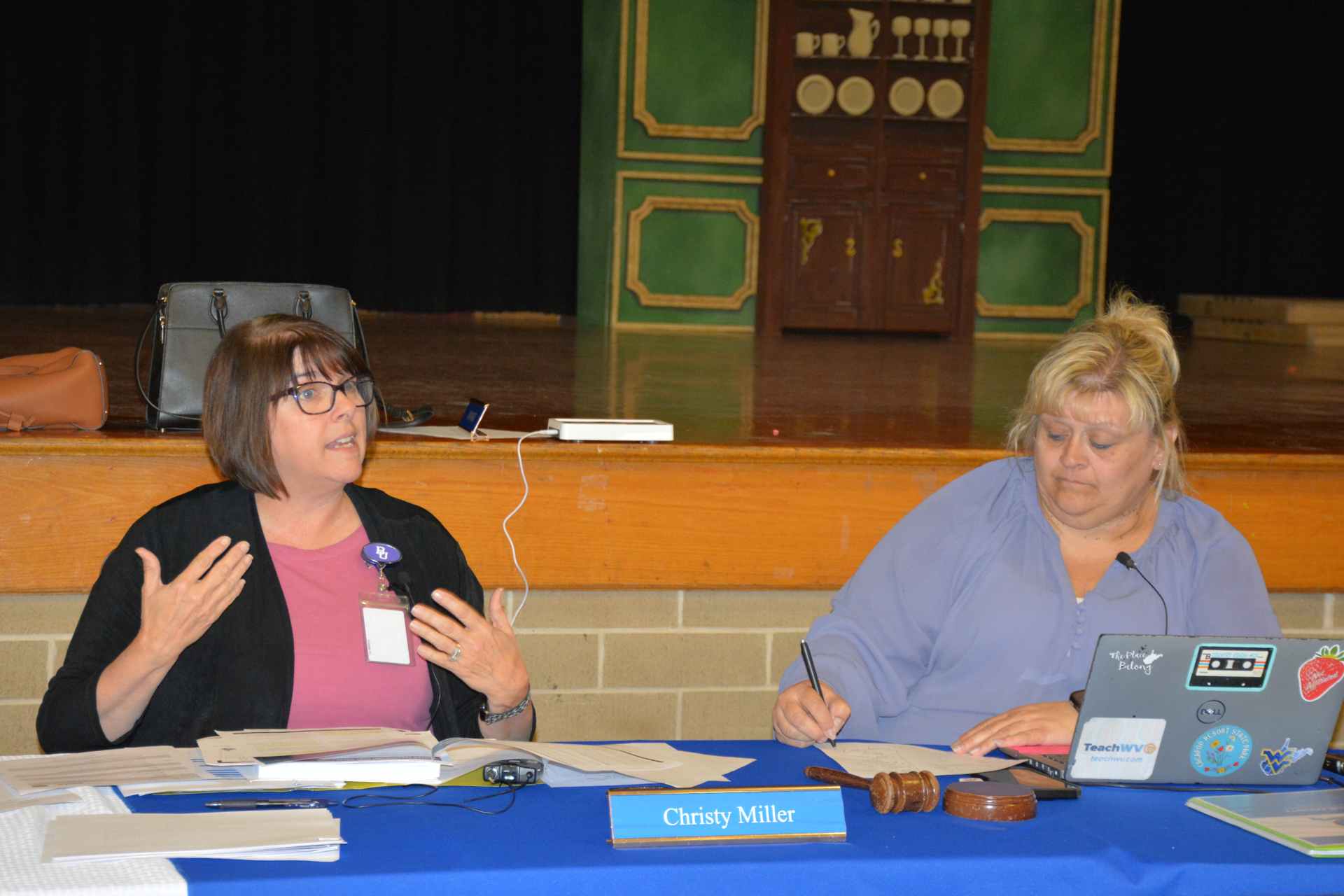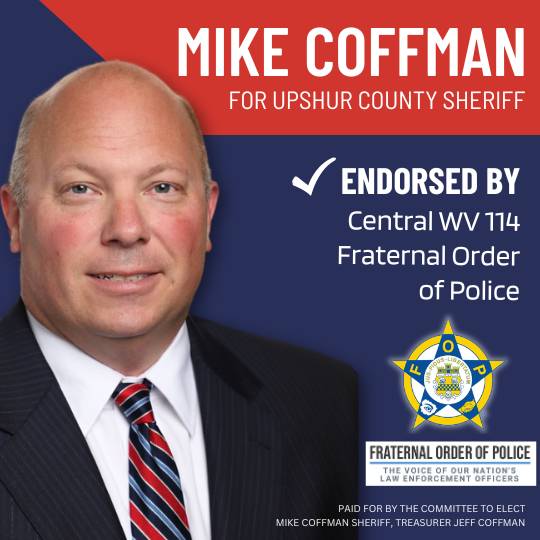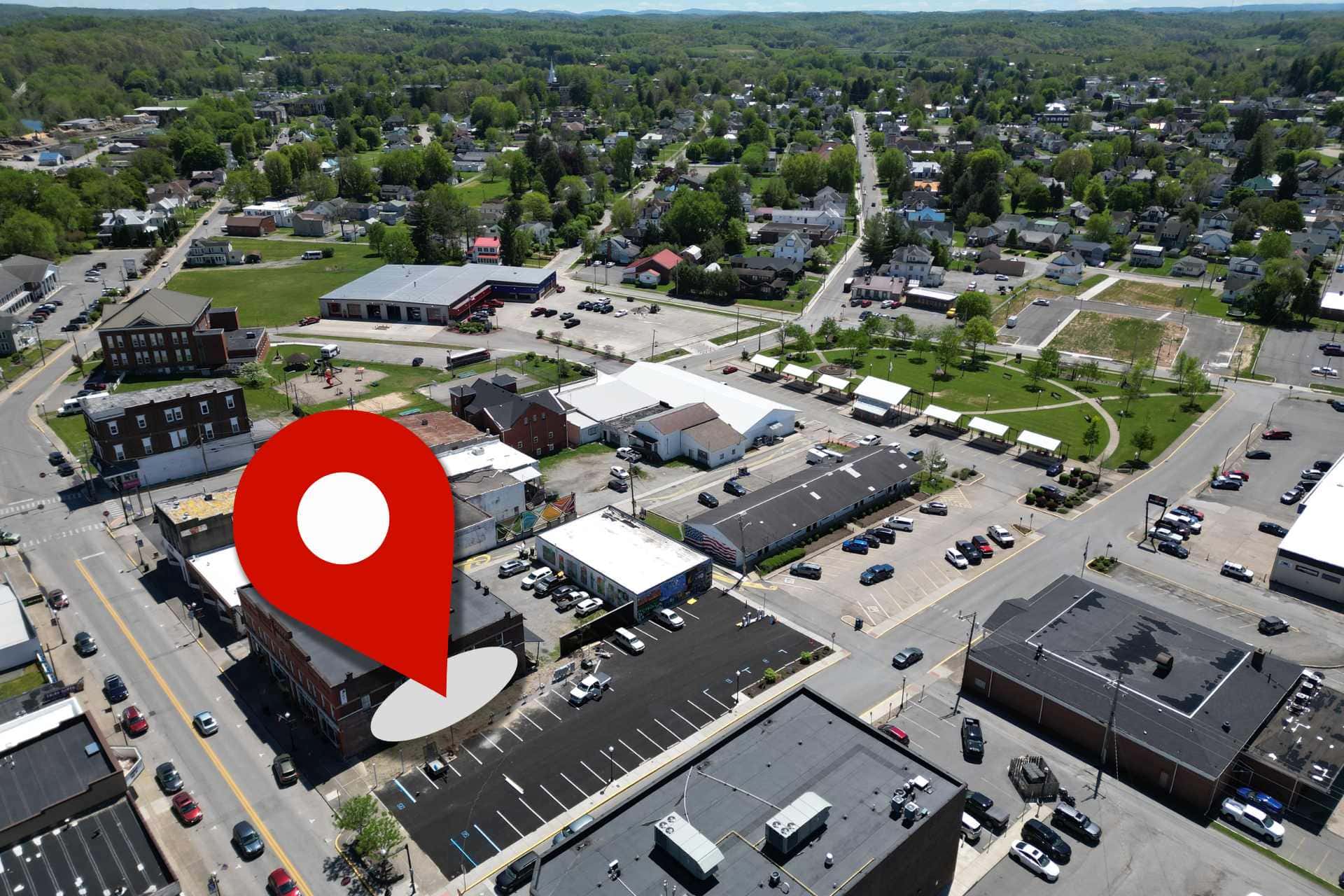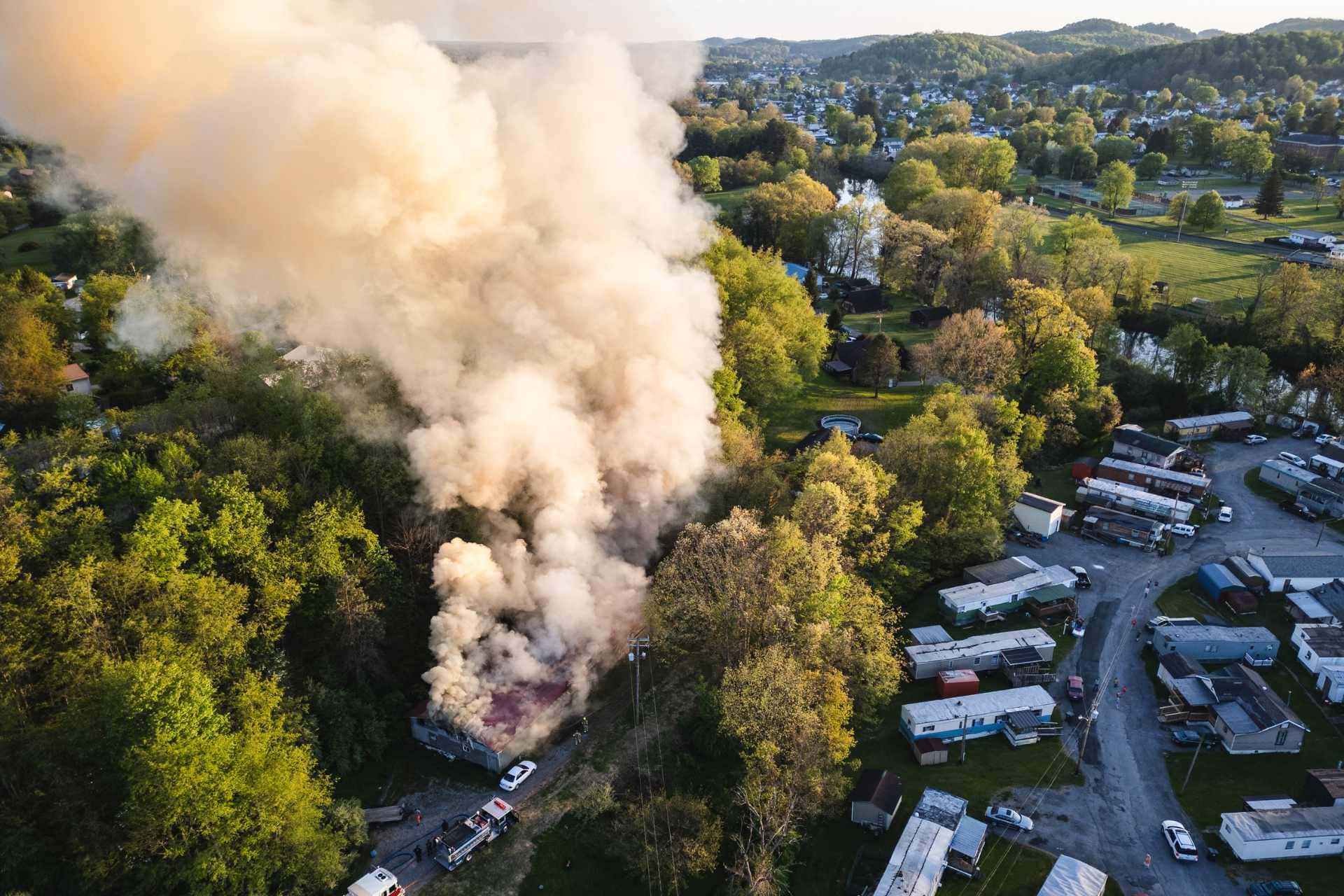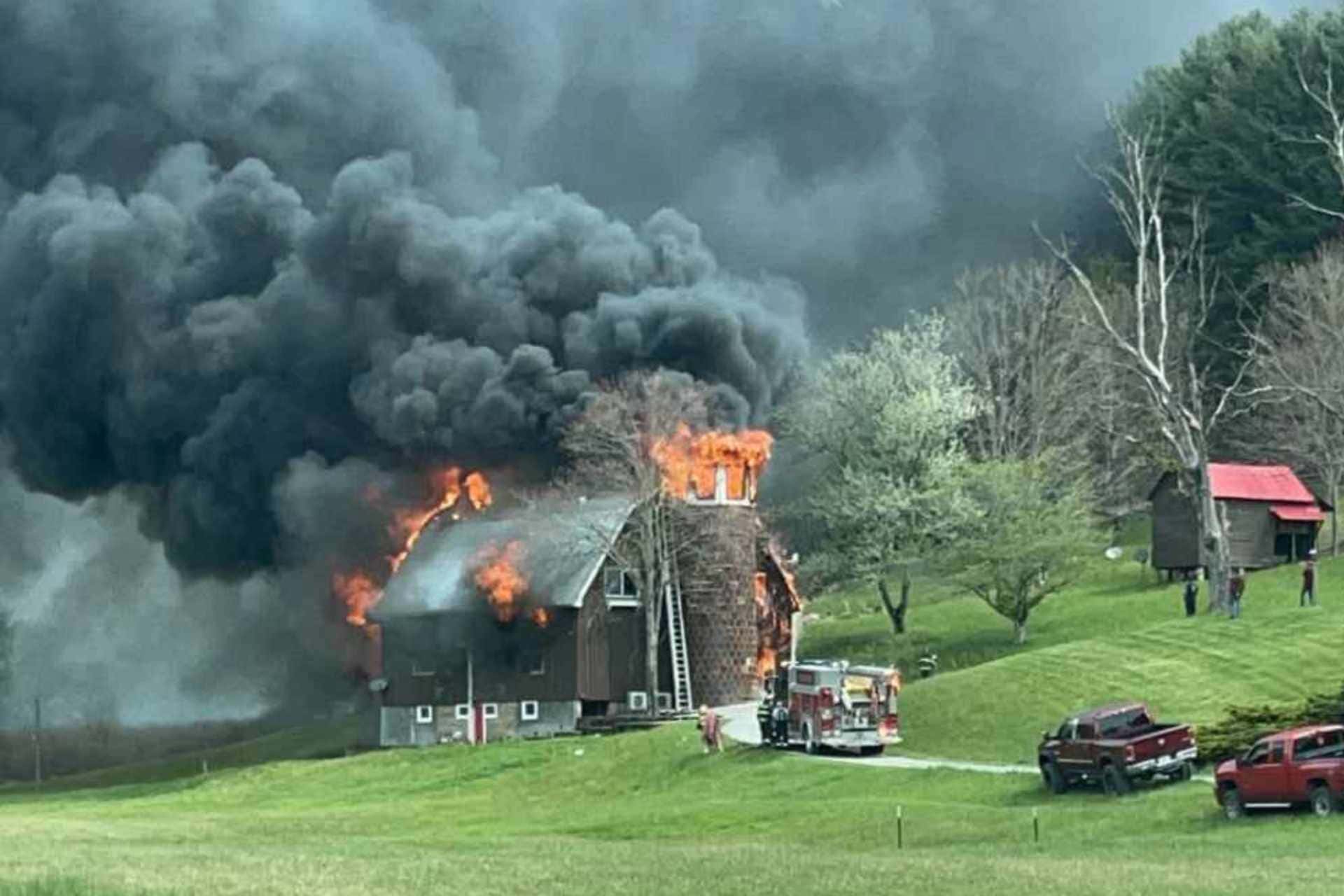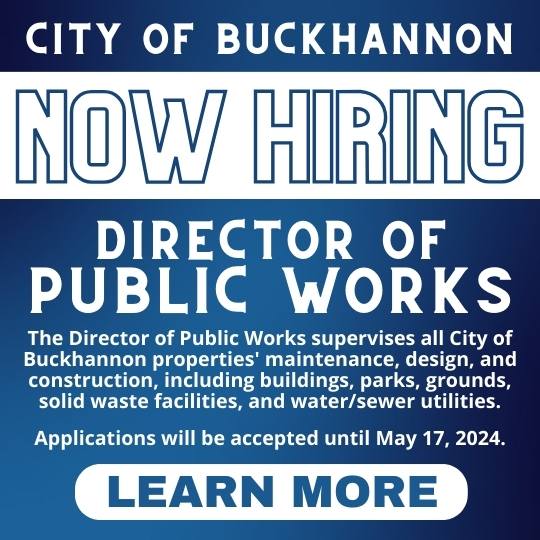BUCKHANNON – In West Virginia, for every 100,000 residents, 52 die of drug overdoses, making it the number one state in the U.S. for people dying from drug overdoses, according to 2017 data from the Centers for Disease Control and Prevention.
That’s why on Friday and Saturday, folks from across the state gathered at West Virginia Wesleyan College’s Performing Arts Center for a seminar titled, “W.Va. Recovers: An Integrated Approach to Substance Use Disorder Recovery.”
The keynote speaker for Friday was Commissioner Betsy Ellis Jividen from the West Virginia Division of Corrections & Rehabilitation. She said the goal of her office, first and foremost, is public safety and rehabilitating those who are in their custody and care so that they can re-enter society as healthy individuals and productive members of their community.
Jividen shared some statistics of her own.
“Twenty-four to 36 percent of people with a heroin use disorder – that is over 200,000 individuals – pass through America’s correctional facilities,” Jividen said. “Seventeen percent of state inmates are estimated to regularly use opioids. Of these, 30 to 35 percent report serious withdrawal systems or an inability to control their use. Drug overdose is a leading cause of death in people coming out of correctional facilities for a myriad of reasons, one of which is when they get out and start using again, their bodies are not used to it, so we are seeing an alarming increase.”
Jividen said today, it is a sad fact that more people are referred for treatment for a substance use disorder by the criminal justice system and by correctional facilities than are referred by health care providers.
“This is what we are dealing with,” she told the audience. “This is where the most referrals are coming from.”
She said in West Virginia, there are some key strategies the Division of Corrections and Rehabilitation is trying to implement. They are increasing the access to evidence-based programs for prevention and treatment inside correction facilities and supporting individuals on their paths to re-entry into society.
In West Virginia, Jividen said there are 15 prisons and work release centers and 10 regional jails.
“I just looked before I came down and today the count of our facilities is over 11,000 people,” Jividen said. “We are way over our capacity, and when you factor in that 70 percent of those people may be suffering from some sort of substance-use disorder, those numbers are staggering. Add to that people who are on parole and the six juvenile facilities, where substance-use disorders are just as common as they are in the adult facilities.
Planning team member Dr. Bruce Anthony, a biochemistry professor at Wesleyan, said he has conducted studies on addiction for more than 30 years, trying to understand what happens to the brain when someone takes drugs and how it recovers.
“This seminar came from the thought process of a couple of us saying there are so many different avenues we use in the state to try to help people,” Anthony said. “There are medication-assisted treatment programs, there are halfway houses and recovery homes, there is intensive and outpatient treatment programs – none of them are very successful. All of them are very marginal with about 10 percent long term recovery [rates].”
Anthony said the planning team wanted to get those individuals involved in these treatment programs together and have a very open forum where lines of networking can be developed to help do the best possible to help folks with recovery.
“The first thing we did was invite speakers from all over the state – the intent is, we can all get together when this is all done and work to improve the recovery process here in West Virginia, since we are the worst in the United States right now in addiction,” Anthony said. “A big part of the concern for those who know someone in recovery is what we are getting is the old style 12-step program.”
“They worked okay but marginally to begin with – but for opioids and methamphetamine, they are not working well,” Anthony added.
One huge concern Anthony mentioned is there are not enough treatment programs in West Virginia.
“Clients will contact me and tell me they are ready for treatment and I have had to send them as far as Cincinnati, Ohio to get them into a treatment program. Statewide, we need to get together in groups and [develop] a committed approach in how we are going to resolve the problems we have and that is what we are after,” Anthony said.
Other members of the planning team included Dr. Susan Aloi, business and economics professor at WVWC; Dr. Theresa Poling, nursing professor at WVWC; and Professor Travis Zimmerman, professor of criminal justice at WVWC.
Buckhannon Mayor David McCauley welcomed those gathered for the conference.
“Only by coming together can we improve on the terrible drug epidemic,” McCauley said.
He told those gathered that everyone appreciated attendees’ participation in the forum.
“Conversation and understanding will be the foundation of our improvement,” McCauley said.
Bob Hanson, executive director and state task force chair on drug policy, presented an overview of the statewide efforts on substance-use prevention and recovery. Hanson shared what is going on at the state level with these efforts.
“When the governor appointed me in December, he also appointed a new council,” Hanson shared. “We have a counsel representing the very best minds relating to substance-use disorders. They began meeting, and one of the first acts of the Governor’s Council was to step back and help develop a strategic plan that addresses the complexities we are facing with substance-use disorders. They decided after doing that, they really need to prioritize their efforts.”
He said the strategic plan is drafted for three years of activities and is comprehensive – starting with prevention and going through treatment, recovery, housing support and social determinates.
“In October, we will be going statewide for public comments,” Hanson said, adding there are two charitable foundations helping which are the Pew Charitable Foundation and Johns Hopkins School of Public Health.
Hanson said in 2017, West Virginia had 1,017 individuals who died of an overdose.
“In 2018, we had 889 individuals pass away,” Hanson said. “I think that is great and that is progress, but we celebrate two minutes and then we refocus because this is such a tragedy in our state that we had that number of individuals that have passed away. That has to be paramount at the state level as well as in communities because we can’t do things just in Charleston – it takes everyone working together.”
He said some of the activities include decreasing fatalities: “Human lives are valuable,” he said.
“Those people who are passing away are ‘us’ – we need to remember that – they are our brothers, our sisters, our neighbors, our friends – and we need to address that,” Hanson stressed.
Hanson said at the state level, there is an increasing number of residential treatment programs, and officials are developing quick response teams and working with hospitals to identify peer recovery specialists who can work in emergency rooms and assist people who are seeking treatment.
“We are working to increase the availability of medication-assisted treatment,” Hanson said.

